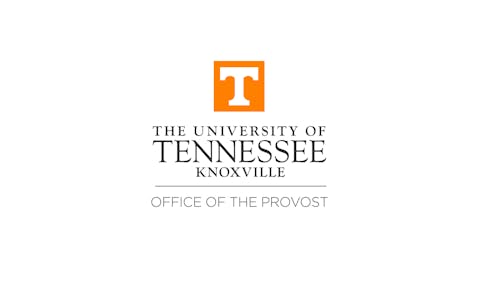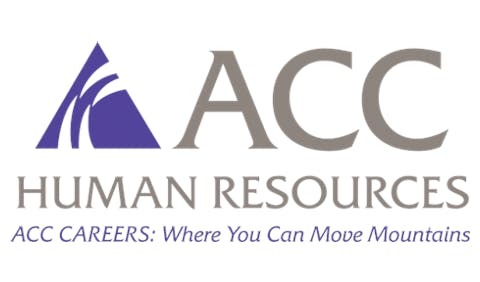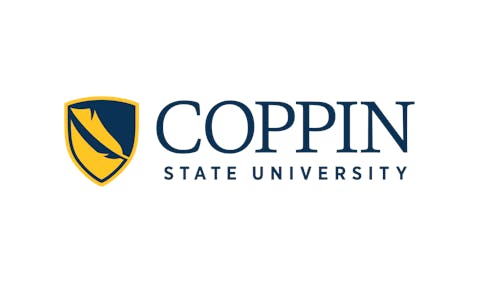Despite mounting financial pressures and competing life demands, the vast majority of Californians without college degrees continue to view higher education as essential for economic mobility, according to a new study released by the College Futures Foundation and Gallup.
 Eloy Ortiz Oakley
Eloy Ortiz Oakley
The findings come as California grapples with a significant skills gap. By 2031, 67% of the state's jobs are projected to require some form of postsecondary education, yet only 56% of adults currently hold a degree or credential. More than six million Californians under 65 have started college but never completed their programs.
Financial considerations emerged as the primary obstacle to enrollment. Among adults who previously stopped out of college, 62% cited increased personal income as the most important factor that would encourage them to re-enroll, with financial aid access close behind at 61%.
"Working learners value education, but they need systems that value them back," said Eloy Ortiz Oakley, president and CEO of College Futures Foundation. "Learners are clear about where our systems are failing and where transformation is most urgent."
The study revealed troubling patterns among currently enrolled students. More than one-third (36%) have considered stopping out in the past six months, with Hispanic students (48%), full-time workers (45%), and caregivers (50%) showing particularly high rates.
Emotional stress and mental health concerns top the list of reasons students leave or consider leaving their programs, cited by 56% of those considering departure and 45% of those who have already stopped out. These stressors often stem from juggling work, caregiving responsibilities, and academic demands.
Tiffani, a 32-year-old who stopped out to care for her one-year-old, told researchers: "I would need the money... the time I'm at school could be the times I'm working."
Despite these challenges, interest in higher education remains robust. Sixty-two percent of unenrolled Californians have considered pursuing higher education in the past two years, with one in four saying they are "very likely" to enroll within the next two years. Interest peaks among Black adults (67%) and those under 25 (74%).
The motivation is clear: job opportunities drive enrollment decisions. Future employment prospects were the top reason cited by 69% of stopped-out students and 57% of currently enrolled students for their initial enrollment.
Current students demonstrate remarkable persistence despite obstacles. Nine in 10 currently enrolled Californians (91%) express confidence they will complete their programs. Even among those considering stopping out, 81% remain confident in their ability to finish.
The study also found that 77% of California adults believe college degrees are equally or more important for career success today than 20 years ago, suggesting enduring faith in higher education's value across political and demographic lines.
Researchers noted that many barriers to completion fall within institutional control. Beyond financial aid, students identified flexibility in scheduling (60% of stopped-out students), shorter program duration (58%), and confidence in program value (51%) as key factors that could encourage re-enrollment.
"These findings mirror a promising national trend: Most adults, even those without degrees, continue to view postsecondary education as highly valuable," said Stephanie Marken, partner at Gallup. "We must continue working to improve the student experience so that anyone who aspires to earn a degree has the opportunity to do so."
The study conducted qualitative interviews with adult learners who emphasized the need for education leaders to better understand student realities. Many suggested institutions should redesign programs with working adults in mind, offering more flexible scheduling, better career guidance, and recognition of the complex lives students navigate.
As California works toward its goal of increasing postsecondary attainment, the research suggests that while demand for higher education remains strong, institutional barriers—not lack of student motivation—represent the primary challenge to expanding access and completion.
















